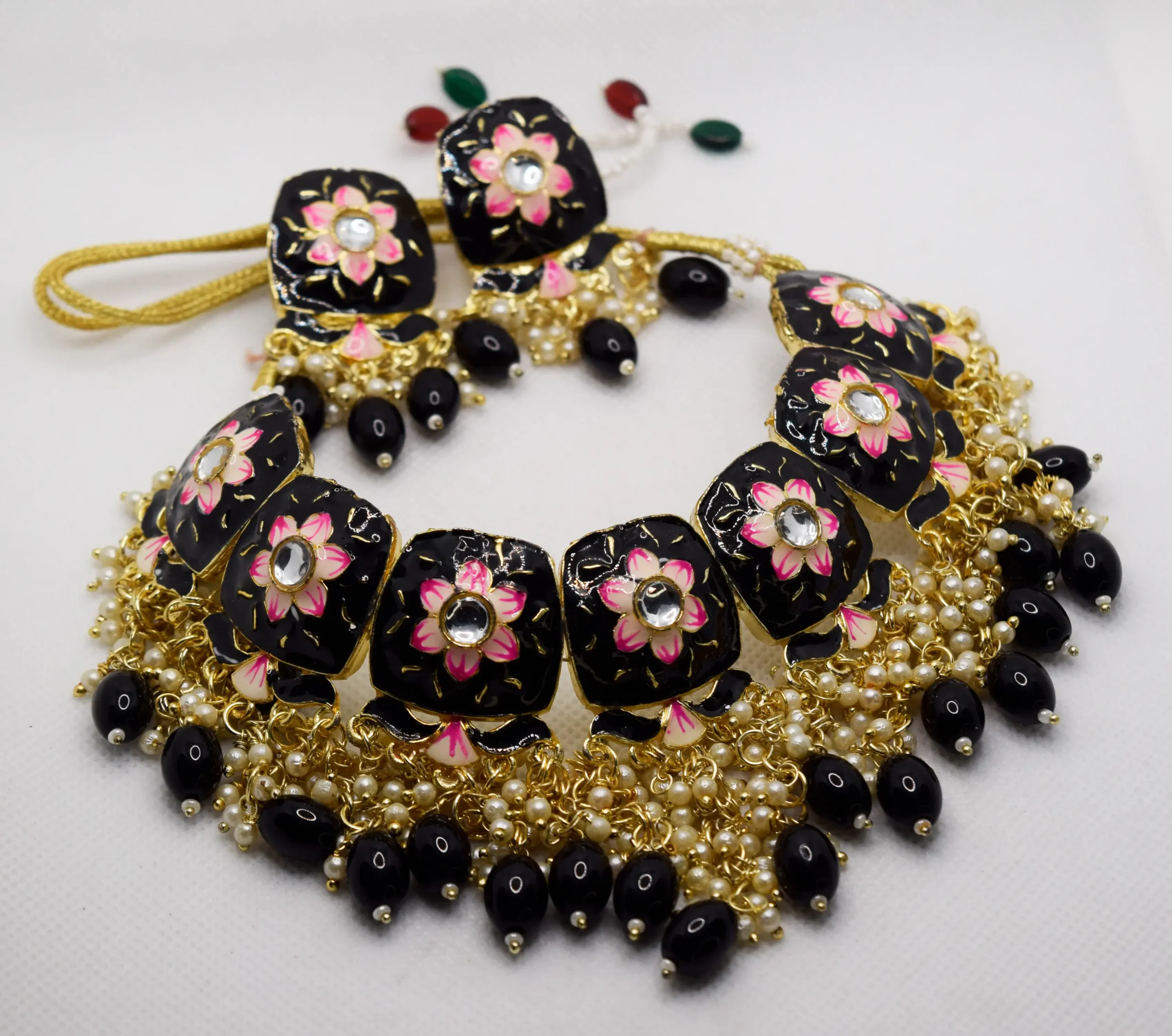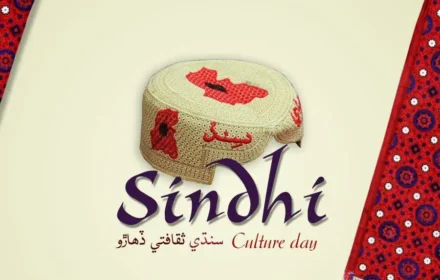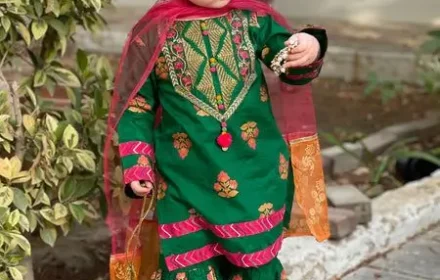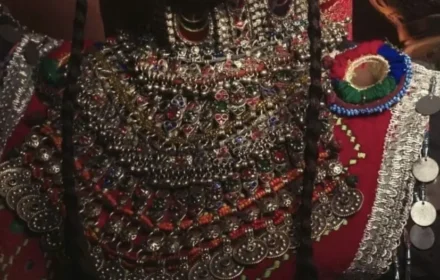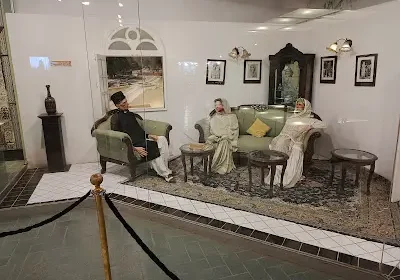Jewellery in South Asia is not merely adornment—it is legacy, power, spirituality, and survival cast in gold, gemstones, and history. From the ancient civilizations of the Indus Valley to the opulent Mughal courts, the evolution of Kundan jewellery in the subcontinent is a chronicle of dynasties, devotion, and design
Kundan Jewellery: A Royal Craft Rooted in Tradition
Among the many historic styles, Kundan jewellery shines brightest—literally and symbolically. Originating in the royal ateliers of the Mughal Empire, Kundan involves setting uncut gemstones into a pure gold foil base, layered with intricate filigree and Meenakari (enameling). It was a favorite among emperors and queens, not only for its opulence but for its unmistakable South Asian identity.
Kundan pieces, often seen in wedding ceremonies even today, are not just beautiful—they’re vessels of history. With roots that reach into the hearts of Rajasthan, Lahore, and Delhi, Kundan captures a regal aura that continues to inspire.
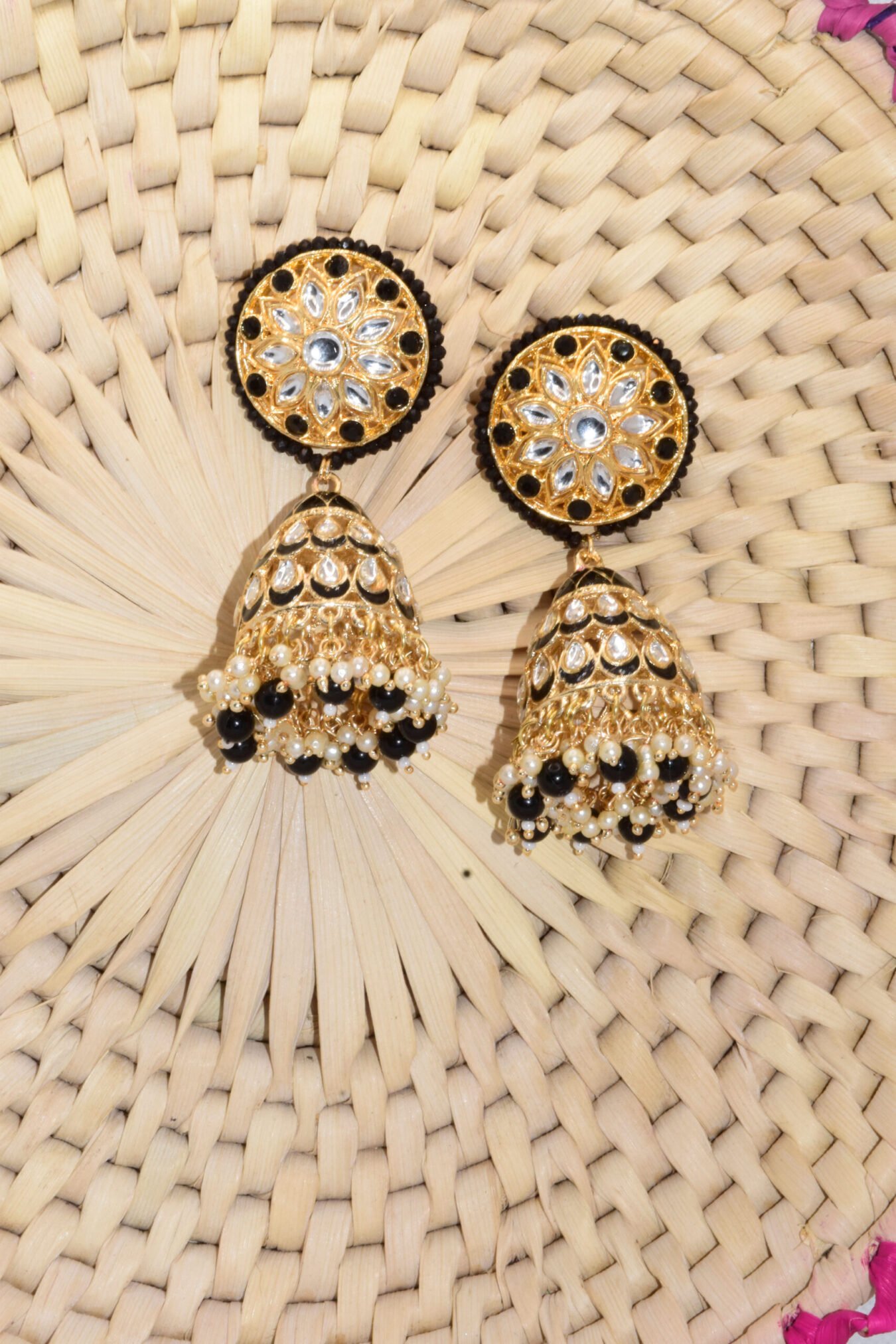

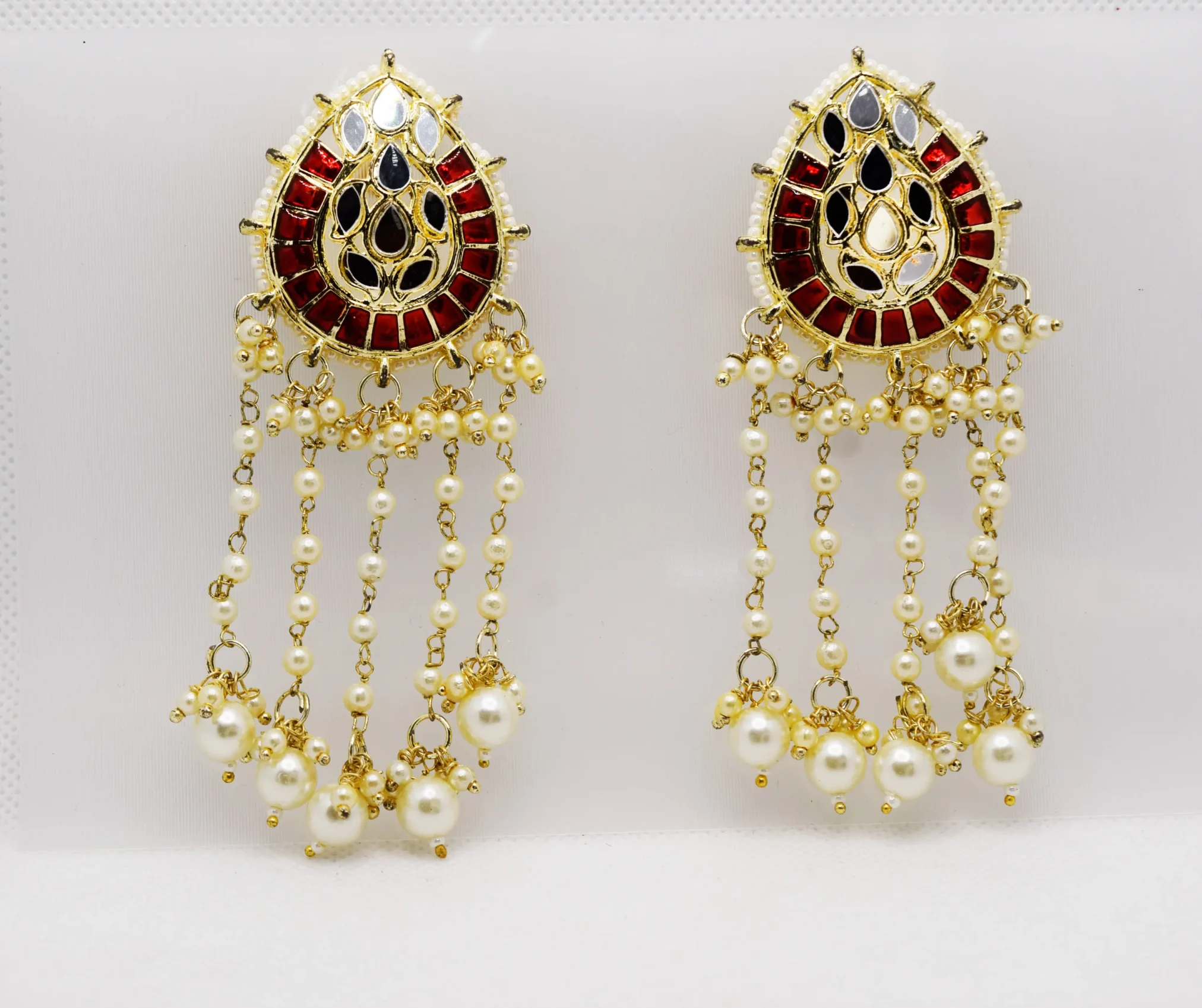
Beyond Kundan Jewellery: A Broader Heritage
While Kundan represents the pinnacle of Mughal jewelry, the South Asian subcontinent offers a mosaic of styles:
- Polki: Similar to Kundan but without gold foil backing—this uses raw diamonds and reflects a slightly rustic yet rich aesthetic.
- Temple Jewellery: Deeply rooted in South Asian spirituality, these bold, gold pieces depict deities and floral motifs, originally created for temple dancers.
- Meenakari: With Persian influences, this enameling technique is often combined with both Kundan and Polki, adding a vibrant splash of color and finesse.
Jewels of Power and Prestige
Historical figures like the Nizam of Hyderabad and Nawab of Rampur weren’t just rulers—they were curators of some of the world’s most extravagant jewellery collections. The Koh-i-Noor, Nur Jahan’s Ruby Ring, and Great Mogul Diamond each carried tales of conquest, love, and divine favor.
Royal turbans were adorned with sarpeches and aigrettes—ornaments that replaced the Western crown in visual grandeur. These styles have made modern appearances too, from Bollywood brides to royal guests at global events, signifying their eternal relevance.
Jewellery as Identity and Security
Traditionally, gold jewellery wasn’t just symbolic—it was a woman’s financial lifeline. In a patriarchal society where women often couldn’t own property, gold jewellery served as both dowry and security. These customs are still present, especially in rural and middle-class South Asian households.
Even in times of economic downturn, families would turn to ancestral gold for support. In this way, jewellery has served as both a cultural and economic anchor.
The Contemporary Revival
The 20th century brought a wave of change. The arrival of synthetic gemstones made traditional designs more accessible. But the real revolution began with a modern reawakening—a global generation yearning for cultural roots, heritage, and handmade stories.
Designers today are blending ancient techniques with minimalist aesthetics. Kundan chokers paired with Western gowns, Polki rings worn as statement pieces, and Temple necklaces reinterpreted in oxidized silver all reflect this new wave of cultural fusion.
Nigar Craft: Preserving Legacy, Empowering Artisans
At the heart of this heritage revival stands Nigar Craft—Pakistan’s leading artisanal platform dedicated to celebrating the craftsmanship, culture, and soul of South Asian jewellery.
From antique Kundan-inspired pieces to hand-painted Meenakari earrings and heritage rings with spiritual motifs, Nigar Craft offers authentic, handcrafted jewellery that tells a story. Each piece is more than an accessory—it is a link between past and present, tradition and trend, maker and wearer.
By supporting Nigar Craft, you’re not only wearing history—you’re preserving it.
Explore timeless elegance and cultural authenticity with Nigar Craft—where every piece carries a legacy of craftsmanship and pride.
Frequently Asked Questions (FAQs) – Legacy in Gold: The Timeless Story of South Asian Kundan Jewellery
Q: What is the broader significance of jewellery in South Asian culture?
A: In South Asia, jewellery is far more than just adornment. It embodies legacy, power, spirituality, and even survival. Its evolution, from ancient Indus Valley civilizations to Mughal courts, chronicles dynasties, devotion, and design, serving as both a cultural and economic anchor.
Q: What is Kundan jewellery, and what makes it unique?
A: Kundan jewellery is a historic and highly celebrated style originating in the royal ateliers of the Mughal Empire. It involves setting uncut gemstones into a pure gold foil base, often layered with intricate filigree and Meenakari (enameling). Its uniqueness lies in its opulence, royal association, and unmistakable South Asian identity, frequently seen in wedding ceremonies.
Q: How does Kundan jewellery relate to other traditional South Asian styles?
A: While Kundan is a pinnacle of Mughal jewelry, the subcontinent boasts a mosaic of styles. Polki is similar to Kundan but uses raw diamonds without a gold foil backing, offering a rustic yet rich aesthetic. Temple Jewellery is deeply spiritual, featuring bold gold pieces depicting deities and floral motifs, originally for temple dancers. Meenakari is an enameling technique with Persian influences, often combined with both Kundan and Polki to add vibrant color.
Q: How did jewellery symbolize power and prestige in historical South Asia?
A: Historical figures like the Nizam of Hyderabad and Nawab of Rampur were renowned for their extravagant jewellery collections. Famous pieces such as the Koh-i-Noor, Nur Jahan’s Ruby Ring, and the Great Mogul Diamond carried tales of conquest and divine favor. Royal turbans were adorned with grand sarpeches and aigrettes, serving as visual symbols of power in place of Western crowns.
Q: Beyond adornment, what other crucial role did gold Kundan jewellery play, particularly for women?
A: Traditionally, gold Kundan jewellery served as a woman’s financial lifeline and security. In patriarchal societies where women often couldn’t own property, it functioned as both dowry and a vital asset. Families would turn to ancestral gold for support during economic downturns, making it a critical cultural and economic anchor.
Q: How has South Asian Kundan jewellery seen a contemporary revival?
A: The 20th century introduced synthetic gemstones, making traditional designs more accessible. The true revival, however, stems from a modern global generation’s desire to reconnect with cultural roots, heritage, and handmade stories. Contemporary designers now blend ancient techniques with minimalist aesthetics, leading to trends like Kundan chokers with Western gowns, Polki rings as statement pieces, and Temple necklaces reinterpreted in oxidized silver, reflecting a new wave of cultural fusion.
Q: What is Nigar Craft’s role in this heritage revival?
A: Nigar Craft is highlighted as Pakistan’s leading artisanal platform dedicated to celebrating the craftsmanship, culture, and soul of South Asian Kundan jewellery. They offer authentic, handcrafted pieces, including antique Kundan-inspired designs, hand-painted Meenakari earrings, and heritage rings with spiritual motifs. By supporting Nigar Craft, customers not only wear history but also contribute to preserving this rich legacy and empowering artisans.
Share this post:
Explore the rich history of Kundan, Polki, and Temple jewellery across South Asia. Discover how Nigar Craft revives these timeless traditions through handcrafted pieces.

